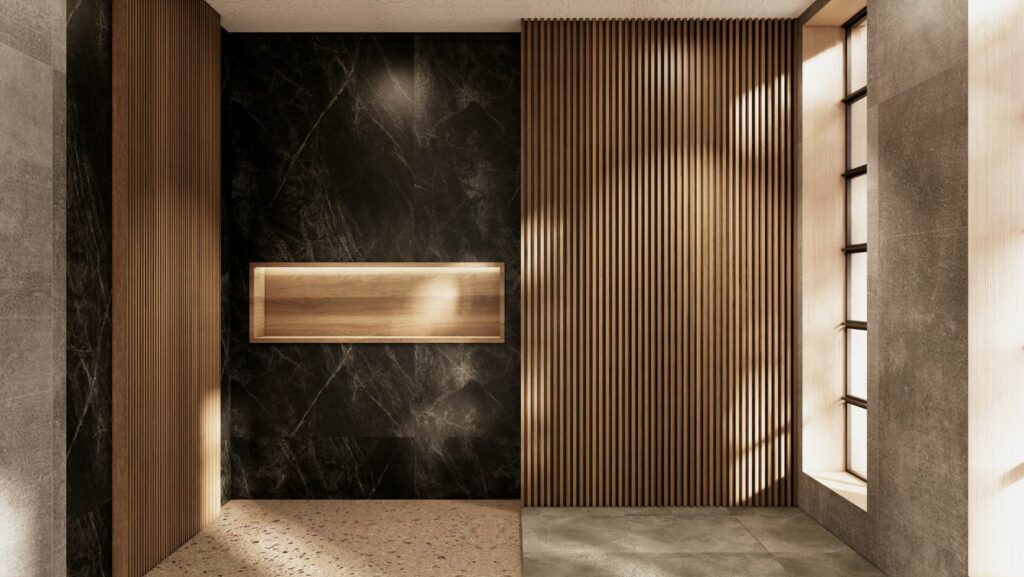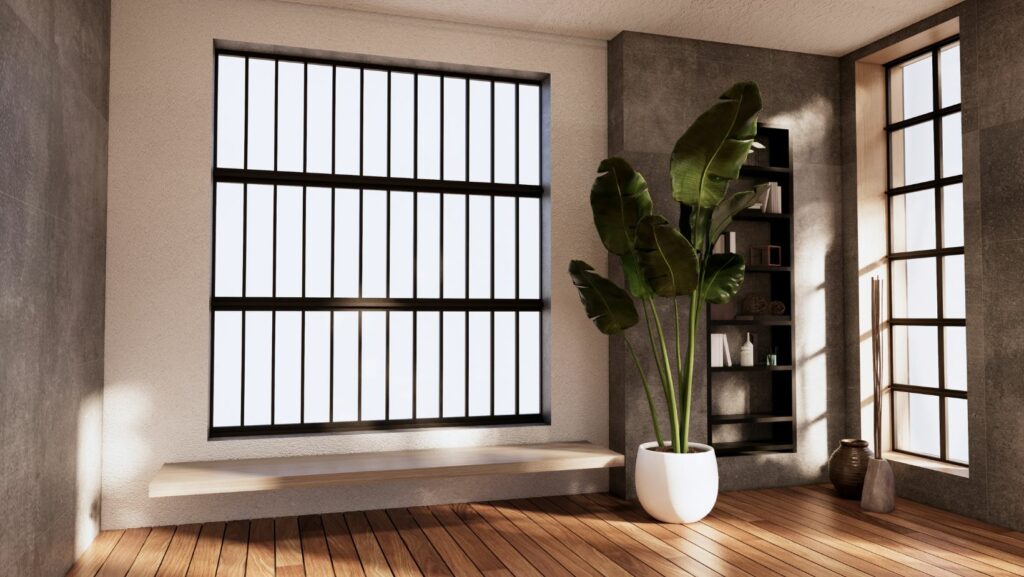In the realm of home design, there’s often a pursuit of perfection which can lead to sterile environments. This is where Wabi-Sabi emerges as a refreshing antidote. Rooted in ancient Japanese philosophy, Wabi-Sabi celebrates the beauty of imperfection and transience along with the natural cycle of growth and decay. It’s an aesthetic that finds charm in the rustic, the weathered and the imperfect. Wabi-Sabi offers a profound way to create meaningful and beautiful spaces in a world that increasingly values minimalism and authenticity.
The Principles of Wabi-Sabi
To incorporate Wabi-Sabi into home design, you must first understand the core principles. At its heart, Wabi-Sabi is about simplicity, humility and the appreciation of natural processes. It encourages us to embrace the imperfect and the transient; to find beauty in the flawed and the aged.

Simplicity and Minimalism: Wabi-Sabi is closely aligned with minimalism but differs in its approach. Where minimalism strives for a sleek and clean look, Wabi-Sabi favours simplicity, including natural imperfections. Think of an uncluttered room with a few carefully chosen pieces; each with its own story and history.
Natural Materials: Embracing natural materials is a crucial aspect of this philosophy. Wood, stone, clay and linen are preferred over synthetic materials. These elements bring a sense of warmth and authenticity to a space and age gracefully; adding to their charm over time.
Imperfection: Cracks, chips, and signs of wear aren’t seen as flaws but rather as indicators of an object’s history and usefulness. A Wabi-Sabi home might feature a ceramic bowl with a crack repaired using the Japanese art of Kintsugi, where gold is used to highlight rather than hide the damage.
Transience and Patina: Recognising and celebrating the passage of time is central to Wabi-Sabi. Patinas, rust, and weathered textures aren’t just accepted; they’re also valued for the stories they tell.
Incorporating Wabi-Sabi into Your Home
Choose Natural and Sustainable Materials: One of the easiest ways to introduce Wabi-Sabi is by choosing natural and sustainable materials. Think about using solid wood flooring, which can add a beautiful and organic touch to any room; over time they develop unique patinas that enhance their beauty. Clay vases and linen curtains add warmth and texture too.
Embrace Imperfections: Instead of hiding imperfections, highlight them. Display items that show signs of wear and tear. This could be a wooden dining table with scratches and stains that tell the story of many family meals or a soft, slightly worn fabric that has seen countless moments of relaxation and conversation. These imperfections add character and authenticity to your home.
Find Handmade and Vintage Items: These pieces often have slight irregularities and signs of age that make them special, bringing a unique charm to your space. Consider incorporating vintage furniture, handmade ceramics, and artisanal textiles. These items not only add visual interest but also connect you to the human touch behind their creation.

Create a Connection with Nature: Wabi-Sabi has a deep connection with nature. Bring the outdoors in by incorporating plants, natural light and views of the outside world. Plants add life and vitality to a space, plus their natural growth patterns can introduce an element of organic imperfection. You should position furniture to take advantage of natural light too, creating cosy nooks that invite relaxation and reflection.
Simplify Your Space: Decluttering is an essential step in achieving Wabi-Sabi. Focus on keeping only what is necessary and meaningful. That’s not to say your home should be barren. Rather that it should be free of excess. Each item should have a purpose and a story behind it. A simplified space allows the beauty of each piece to stand out, fostering a sense of calm and serenity.
